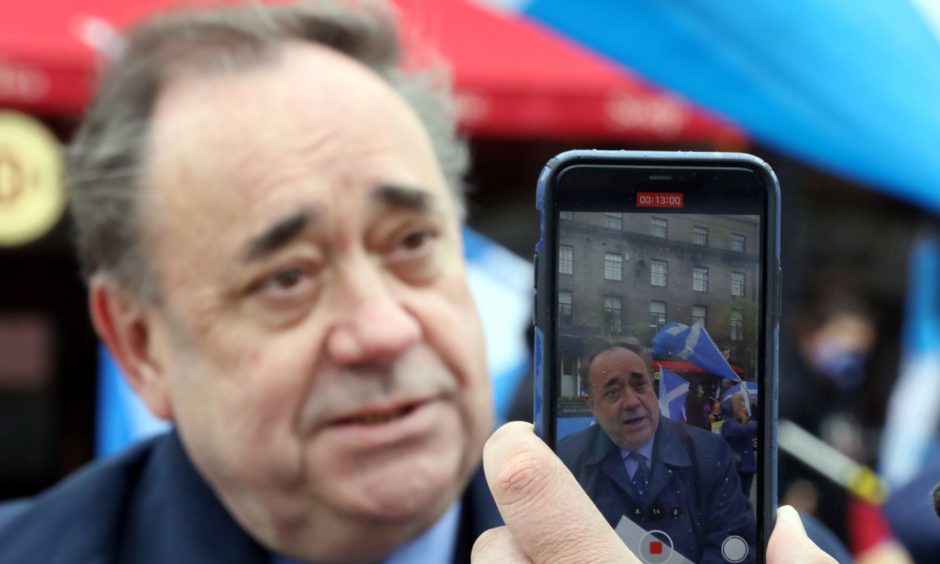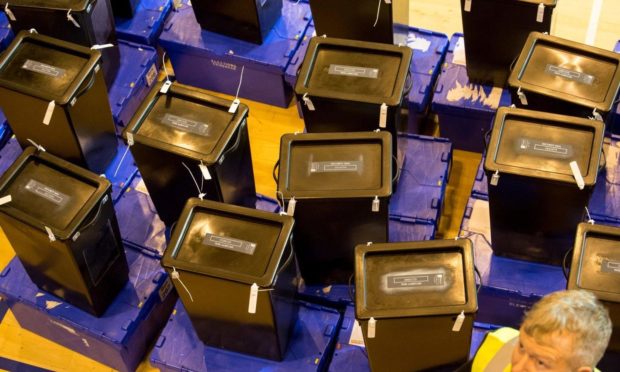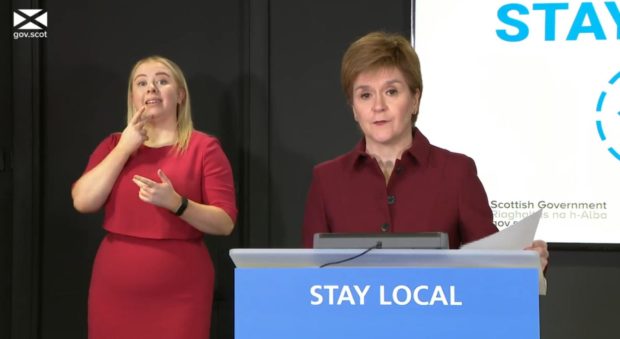Respected polling company Survation has carried out four political surveys for us during the election campaign, as well as an in-depth piece of research ahead of election season into the concerns of voters in constituencies across our region. Here, Survation Chief Executive Damian Lyons Lowe shares his thoughts on the trends of those polls on the eve of the election as the final one is published.
The final polling results of the campaign indicate the SNP look to be on the verge of a slim overall majority, perhaps picking up three seats over the 2016 performance that left them just short, and requiring cooperation with the Green Party.
The Conservatives, who enjoyed a late campaign surge last time, appear set to be the biggest losers this time around, perhaps dropping a net seven seats, Labour may only end up with a single seat less than in 2016 with the Greens almost doubling their current tally with a net gain of five to 11.
SNP support not so strongly linked to indy views
Should our polling prove accurate, the SNP will be pleased with such a level of support, which does not appear as strongly linked to Scots’ view on independence as we might have thought at the beginning of the campaign.
Nine percent of SNP Constituency voters tell us they would actually vote no to independence and only just over half (53%) want a referendum on independence within the next two years. Our latest update on the referendum question is 52/48 in favour of “no”.

Alex Salmond has ‘hindered’ Alba Party
Alba, the only party with a commitment to legislating for a referendum when the new parliament sits, have not exceeded 3% on the regional list vote, so what we do not have is a situation similar to UKIP’s electoral threat that bounced David Cameron’s Conservatives into legislating the 2016 EU referendum.
Alex Salmond has potentially hindered, versus helped, the Alba Party, the latest tracking update reiterated his status as the only politician in Scotland to have a less favourable rating (-65%) than Boris Johnson (-40%).
Issues around recovery still paramount for voters
Covid recovery and response has obviously been the dominant theme of this election and perceptions of competence have underpinned SNP support.
What we found at the outset of our polling was that a majority of Scots believe that the Scottish Government has handled the pandemic well (66%), versus just 27% saying badly.
When we put the same question to UK residents – how the Government in Westminster has handled the pandemic – about as many say well versus badly.
Taking Scottish views alone, however, 64% say the UK Government has handled the coronavirus pandemic badly, against only 29% well – clearly uprating Nicola Sturgeon’s SNP-led government on the top issue.

